The overall pet market in Japan is categorised according to its livestock, such as dogs, cats, aquarium fish, birds, small animals, insects, reptiles and amphibians. Each segment has a distinctive character. For example, in the aquarium, bird, reptile, amphibian and insect segments, retailers can purchase food, supplies and livestock all together from just one wholesaler. But in the dog and cat segments, retailers can only purchase food and supplies from a wholesaler; the livestock is purchased through different channels, such as breeders or at auctions. Livestock auctions have developed in a unique fashion in Japan: in the early days, goldfish and koi were auctioned, and then the practice of auctioning was extended to birds, dogs and cats. The dog and cat auctions are currently the most active. Around ten auctions are located in the suburbs of big cities such as Tokyo, Yokohama, Shizuoka, Nagoya, Osaka and Kobe. These auctions have recently taken place in Korea and China too.
Impressive numbers
The largest segments in the Japanese pet trade are the dog and cat segments, composed of two sub-categories: sales of merchandise and the service business. The latter covers many kinds of services: animal hospitals, grooming salons, pet hotels, training schools, funeral businesses, technical schools for the pet industry, pet theme parks, dog runs, dog and cat rental, pet insurance, pet sitters, pet care services, dog cafes, etc.
Yasheisha, the publisher of the Japanese magazines Pet Management and Pet Buyers Guide, estimated the size of the market in 2005 at 1 253 710 mio yen (approx. € 10.6 bn) on a retailer price basis. Compared with the size of the market as calculated by Yaseisha in 1997 (657 141 mio yen), the volume had almost doubled by 2005. Service industries in particular have boosted the market. The number of dogs registered with the Ministry of Health, Labour and Welfare was 5 137 331 in 1997 and 6 394 220 in 2004, showing an increase of 24.5 per cent.
Local specialities
Recently, health-related services such as aromatherapy, massage, pet health insurance etc. have begun to appear in the pet industry. The manager of one large pet shop said: “There is unlimited potential for expansion of the service business field. But at present the inclination of the customers is very high, and the inclination of the pet shops is too low. If we can fill this gap, we can create multiple business opportunities.” The average number…

 Menü
Menü

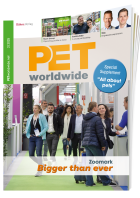





 5-6/2009
5-6/2009



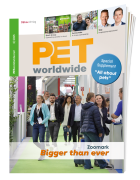
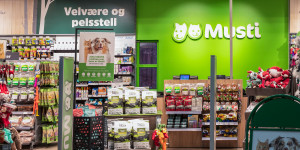



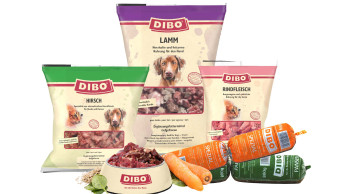

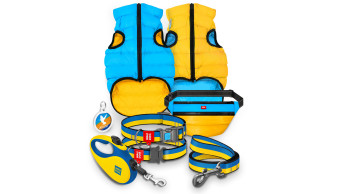
 Newsletter
Newsletter